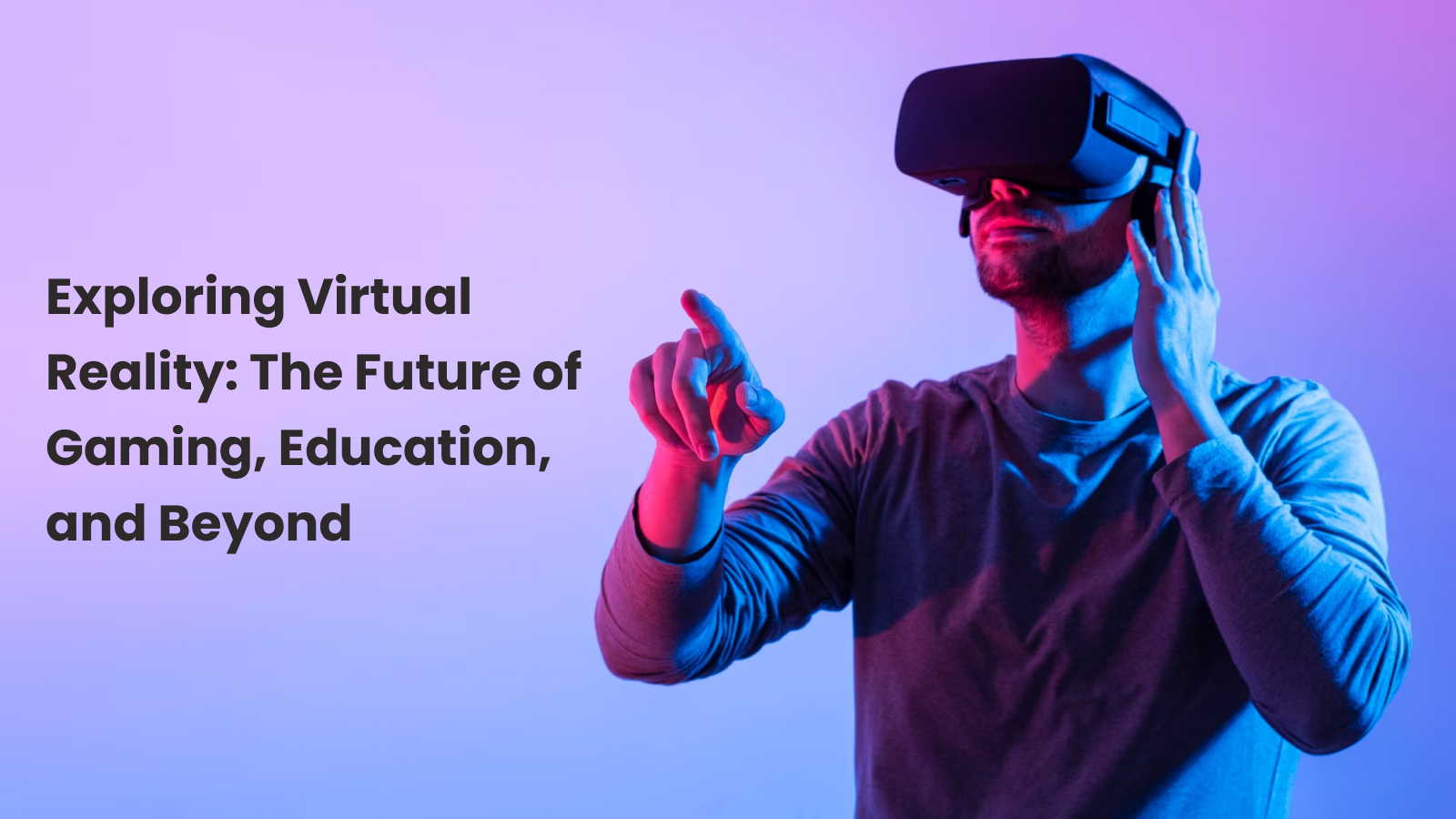
Introduction
In recent years, Virtual Reality (VR) has emerged as one of the most revolutionary technologies, transforming the way we interact with digital content. From gaming to education and beyond, VR has opened up endless possibilities, providing immersive experiences that were once confined to the realm of science fiction.
Virtual Reality in Gaming: A Gateway to New Realms
The gaming industry has been at the forefront of embracing VR technology. VR headsets and motion-tracking controllers allow players to step into virtual worlds, blurring the line between reality and fantasy. One prime example of VR gaming success is “Beat Saber,” a rhythm-based game that has captivated players worldwide. By combining music, lightsabers, and VR immersion, players can unleash their inner Jedi and slice through blocks in time with the beat, creating an exhilarating gaming experience like no other.
VR in Education: Revolutionizing Learning
Beyond entertainment, VR has immense potential in the field of education. Traditional learning methods can be enhanced by providing students with interactive and realistic experiences through VR. For instance, medical students can practice complex surgical procedures in a safe virtual environment with surgical simulations, minimizing the risks associated with real-life training. Moreover, history students can virtually visit historical landmarks and experience historical events, making learning an engaging and memorable journey.
One successful case study is the “Expeditions” app by Google, which brings virtual field trips to classrooms. Students can explore the Great Wall of China, dive into the depths of the Great Barrier Reef, or even journey to outer space without leaving their seats. This immersive learning experience stimulates curiosity and deepens understanding, making education more enjoyable and effective.
VR in Healthcare: Advancing Treatment and Therapy
The applications of VR extend beyond gaming and education; they are revolutionizing the healthcare industry. VR has shown promising results in various therapeutic settings, such as pain management, exposure therapy for anxiety disorders, and rehabilitation after injuries or strokes.
For instance, SnowWorld is a VR application used to treat burn victims during wound dressing changes. By immersing patients in a snow-covered virtual world while undergoing painful treatments, their focus shifts from pain to the engaging experience, reducing the need for pain medication and enhancing their healing process.
VR in Architecture and Design: Visualization and Creativity Unleashed
Architects and designers are leveraging VR to transform their creative processes. With VR modeling tools, professionals can visualize and explore architectural designs in three dimensions, offering a more intuitive understanding of spatial layouts and aesthetics. Clients can now take virtual tours of buildings that are still in the design phase, enabling them to provide more accurate feedback and reducing potential misunderstandings.
VR in Social Interaction: Breaking Geographical Barriers
The pandemic brought to light the significance of virtual social interaction. VR platforms are enabling people to connect and interact in virtual spaces as avatars, irrespective of their physical locations. Social VR applications like “VRChat” and “Rec Room” offer users the freedom to meet and socialize in virtual worlds, attend virtual events, and collaborate on creative projects. This fosters a sense of community and inclusivity, especially for those who may have mobility limitations or reside far from their loved ones.
Conclusion
Virtual Reality has evolved far beyond being a mere gaming novelty. It is now a powerful tool shaping various aspects of our lives, from revolutionizing gaming and education to improving healthcare, architecture, and social interaction. As technology continues to advance, VR’s potential is only limited by our imagination. Embracing this transformative technology and harnessing its capabilities can pave the way for a future where immersive experiences redefine the way we perceive, learn, create, and connect. The possibilities are limitless, and we can’t wait to see what lies ahead in this exciting journey of exploring Virtual Reality.

